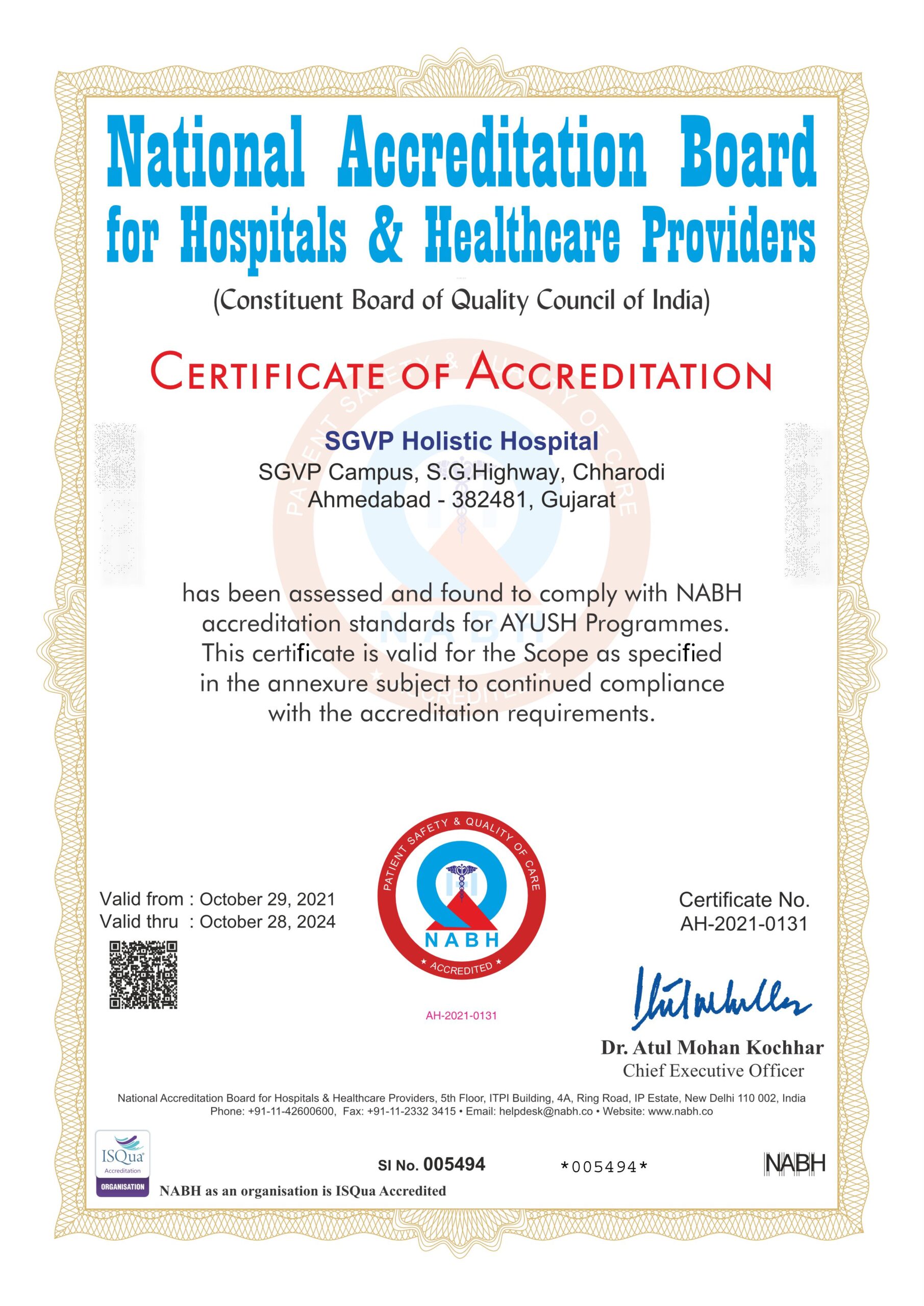-
Specialties
-
Association
Department of Infectious Disease
SGVP Holistic Hospital Department of Infectious Diseases focuses on effectively diagnosing and treating various infections.

Explore specialized Infectious Disease services at SGVP Holistic Hospital






Advanced treatments for all your Infectious Disease needs at SGVP Holistic Hospital










Explore resources to learn about our cardiac department and heart conditions.
Listen directly from those we’ve helped at SGVP Holistic Hospital





Everything you need to know about getting care at SGVP Holistic Hospital


Vaishali Patel
The Staff was incredibly friendly, professional, and caring. The nurses and doctors took the time to explain every step of the process, and their expertise was evident in how smoothly everything went.
Vipul Panchal
SGVP holistic hospital services were good and the staff and doctors were excellent. They are taking utmost care of their patients. We are very happy with the hospitality and caring staff. Thanks to the hospital team for the great service.
Ashish Shah
Can you say a Hospital…Fantastic..Yes, for SGVP, Ahmedabad, you can. The staff is very cooperative, the cleanliness is too good. I would recommend for any kind of treatment.
Expert insights on the latest in healthcare

We treat viral, bacterial, and fungal infections.
Yes, for diseases like flu and hepatitis.
When infections no longer respond to antibiotics.
Yes, including malaria and dengue.
Yes, we have advanced diagnostic tools.
Yes, including HIV and tuberculosis.
Reach us at
Reach us at
News & Media